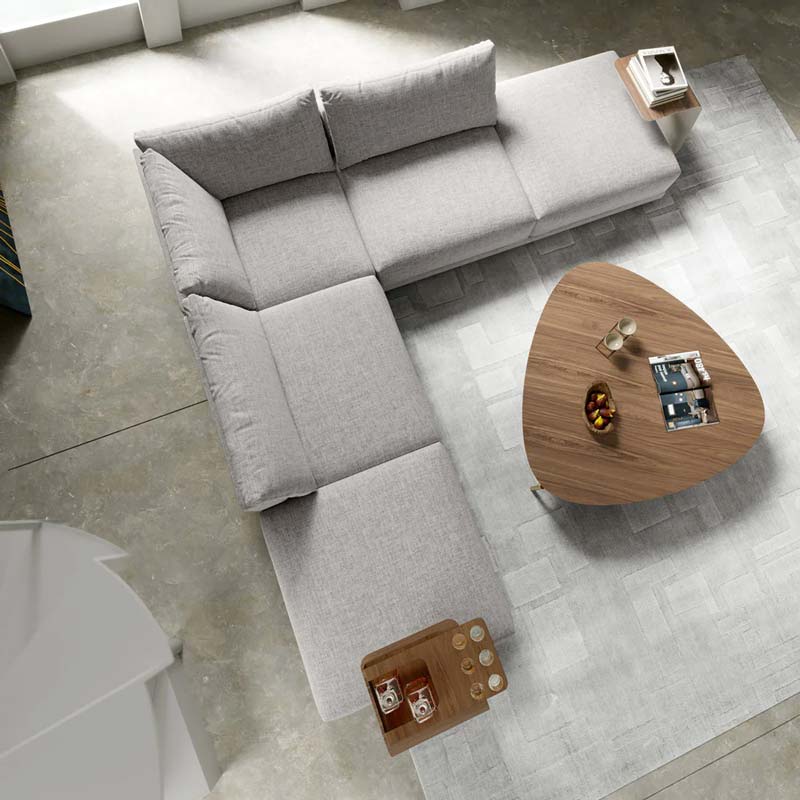Recent Post

Magnets in Restaurant Kitchens

Global supply challenges and HYAB’s role

Electromagnets – a more controllable magnet

Magnetic filtration in the process industry

Sheet metal handling – Easier with magnets
Magnets in furniture manufacturing
Published: 2023-03-22 16:14:55 • Daniel Gårdefelt
The use of magnets as a component in the manufacture of household furnishings is increasing. Magnets can be used instead of screws, nails or buckles to reliably and securely attach everything from cabinet doors to drawers.
Magnets can be used to fasten many different things together, from drawers and cabinets to table tops and insert tops. Because of their adaptability, they are often used by furniture manufacturers and designers who strive to produce items that serve multiple purposes while also looking good.
The durability of furniture with magnets is another advantage. Unlike conventional hardware, which can eventually wear out and require replacement, magnets are built to survive for a very long time without requiring any kind of maintenance. As a result, they are an excellent option for heavily used furniture or items that will be placed in harsh environments. Check our magnet facts page for the different materials and how they are affected by external factors such as environment and handling.
Magnets are not only useful for a variety of purposes; they can also give your furniture a distinctive look. For example, magnets can be used to make handle-free, ultra-modern cabinet doors. These create minimalism and are a big trend we can see in today's interiors.
Magnets come in an incredible number of different geometries and can be used in a variety of ways throughout the entire furniture manufacturing process. Neodymium magnets are widely used because of their strength and longevity. Typical applications for neodymium magnets include attaching large or bulky items such as cabinet doors and drawers. A customer of ours used magnets in a modular sofa system, where you can customize the sofa however you want with different "sofa blocks" that simply click into each other with the help of magnets.
Magnetic locks/catch are another form of magnetic system often used in the furniture industry. Small and light, magnetic locks are used to securely close drawers and doors and then keep them closed. They work well with other hardware, such as hinges, to make a sturdy and practical piece of furniture. Magnetic catches come in many different sizes and with different strengths. A magnetic catches that should hold a heavy glass door needs to hold more than a magnetic lock that should keep a kitchen door closed. There are also electric door catches, you can find them here.
Magnets not only add practical value to furniture, but they can also help streamline the manufacturing process. As there is no need for screws or other hardware, magnets can be installed quickly and easily by hand. The technology has the potential to shorten production times and lower costs without compromising quality.
The use of magnets in the furniture industry has many advantages, including their adaptability, durability, special aesthetic and modern style. It is conceivable that in the future magnets will be used in even more creative ways in furniture design. If you are in any way involved in the furniture industry - whether you are a designer, manufacturer or end user - you may be thinking about how magnets would improve your furniture.


